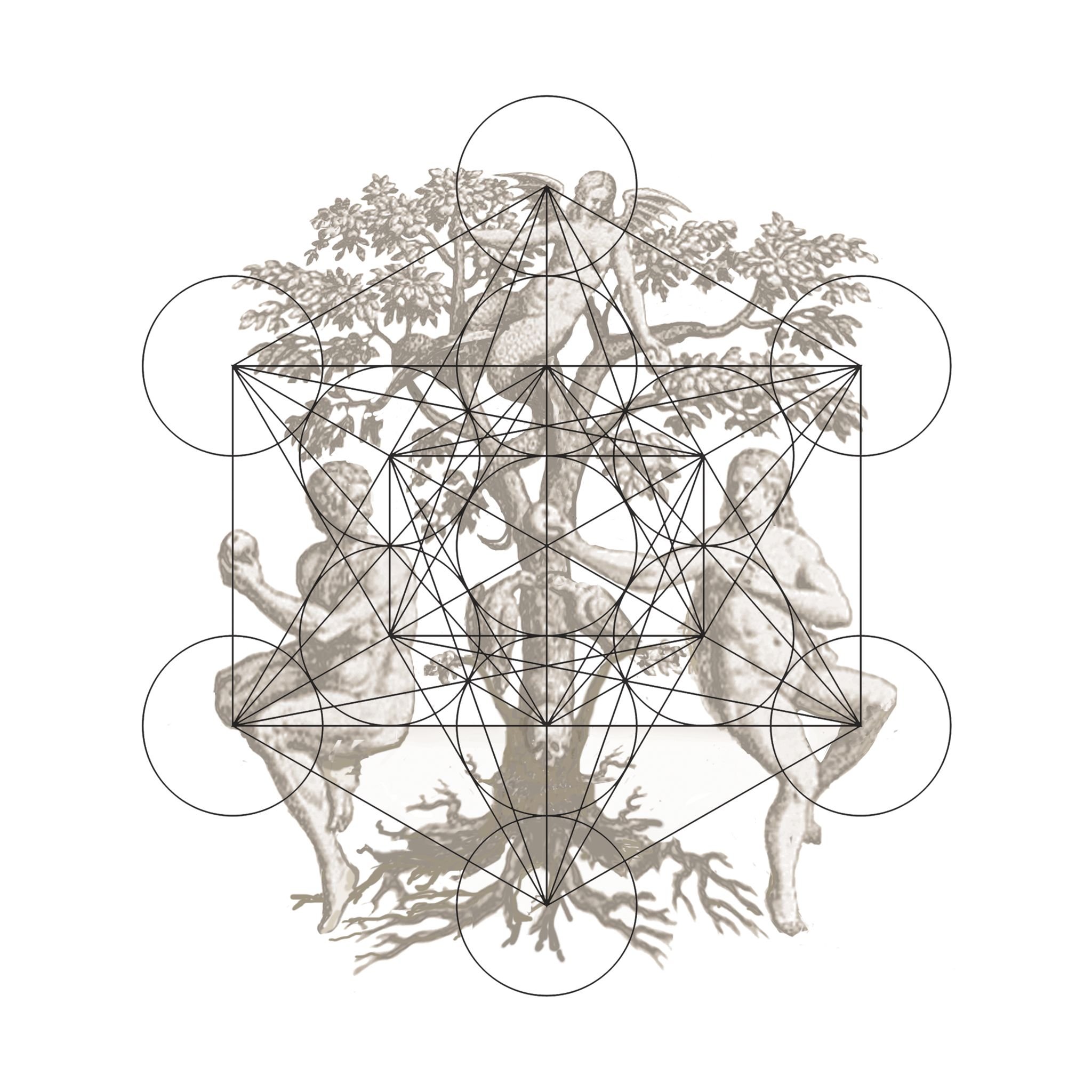SARAH BALL

INTRODUCTION :
Photography creates an immediate perception of character and so the identity of the object is a product of that instant perception. With mug shot’s there are relatively few ‘tells’ due to an insisted inherent expressive blankness on the face of the accused...
Read more/less
They are not memorabilia, not sentimental, not imbued or weighted by emotion, they are the opposite of what photographs often represent – What do we notice in the absence of such freighted theatricality – isolation, defiance, vulnerability, truth? The only clue, the only other thing that we have to make our judgment on this person is that they are perhaps a criminal – in the absence of all else it is the sum of who they are – is this enough to complete our picture? This is frequently the case for Ball also, who often knows little else of the subject or their fate, so unlike the painter who can sit with the subject and attempt through discourse or familiarity to reveal a truth, all Ball has is the silent engagement with her own processes of sympathetic identification. She claims that the objective is not simply in searching for a figurative likeness, but the essence to make the painting right.
This exhibition is a continuation of a body of work, the first part of which was exhibited at Millennium last year. It focuses more specifically on groups of people; from civil rights movement activists, fire raisers (members of the KKK) and poisoners alongside people whose crimes were suspicious, dangerous or simply unknown. Some of the crimes are despicable whilst others may have been heroic. The collective creates a very human portrait, of the shifting nature of right and wrong. Enforcing the changing subjectivity of judgment - these portraits challenge us to move beyond our own positive or negative judgments, if that is possible?
Controversial film maker David Cronenberg stated; “As an artist you look into yourself to understand the human potential to be all kinds of things that are not necessarily pleasant but are real - a criminal, a murderer, a sadist, a rapist; to be all of these things that many people are. You can’t allow yourself to say, ‘I’m a different species from those people.’ Because you aren’t. The criminal as monster is kind of common. That’s very convenient because you can then say, ‘Of course I’m not a monster, therefore I’m not a criminal therefore I have no potential in tern of criminality.’ And that lets you off the hook. That gives you a nice wall between yourself and them.” Sarah Ball’s greatest achievement with these intimate works is to effectively break down walls and create bridges – for me the function of art itself.
Joseph Clarke . 2013
ONLINE CATALOGUE (click below) :

